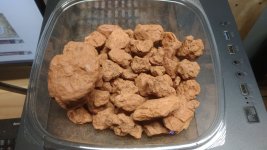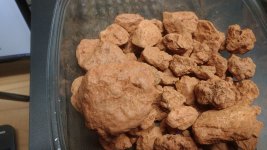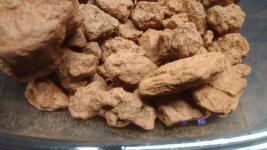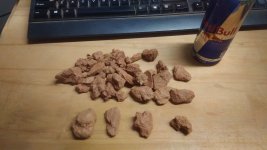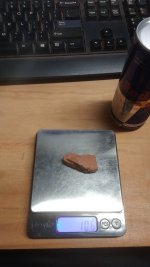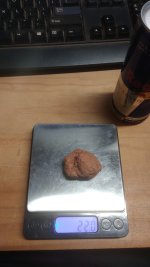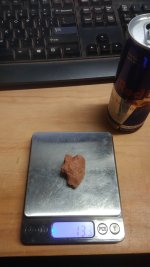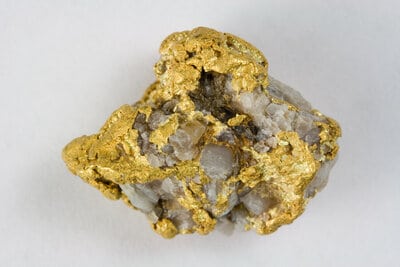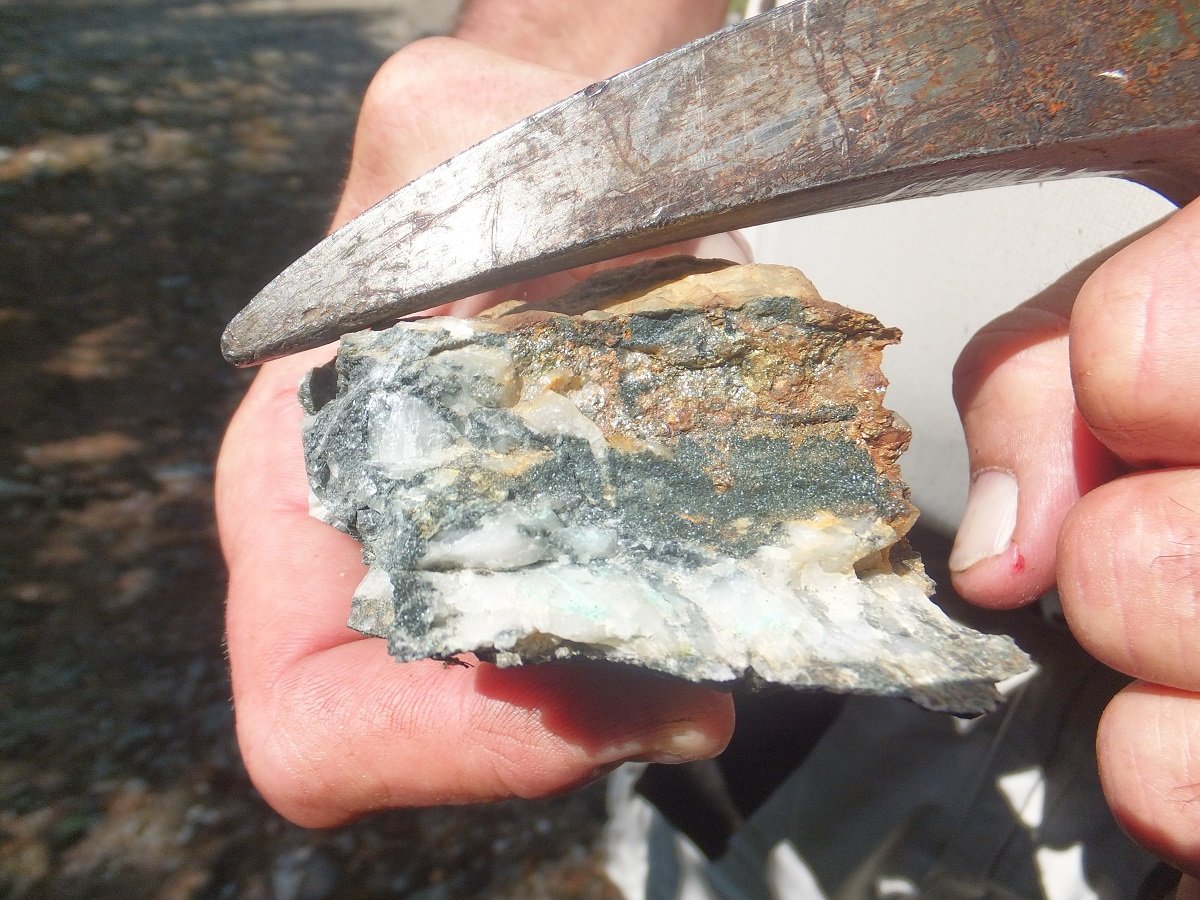High Etiquette 009
Jr. Member
- Nov 20, 2015
- 36
- 68
- Detector(s) used
- Fisher Gold Bug Pro, Bounty Hunter DISC 3300, Tracker IV, Garrett Pro-Pointer AT, Ace 250
- Primary Interest:
- All Treasure Hunting
Howdy!
I've been working on a mining project since my discovery in summer of 2022. It was somewhat a matter of luck, and the fact that I live in a former gold producing district. As I was detecting in my backyard and found a target that was worth digging. I tried to dig with a shovel, then decided to get my pick' from my shed. As I broke into the ground in late August I ended up with a old beer can and around it a bunch of what looked like nuggets. Really tempting to just burry back in the ground.....
So from here on I've been on a mission to approach gold mining in a different fashion. I collected up all I could from this hole and placed them into Ball Jars. Eventually I moved onto a different patch in my backyard which by myself I managed to recover probably about 1 or 2 tons from. I have a lot less now due to space. This was summer of 2023, so the photos you seeing are what one-year of dry washing will do to "gold".
Hope you all found this interesting. Don't hesitate to ask if you need help with something or are curious about my techniques as there are more that go into the recovery it then just digging.
Happy Hunting & Stay Safe!
I've been working on a mining project since my discovery in summer of 2022. It was somewhat a matter of luck, and the fact that I live in a former gold producing district. As I was detecting in my backyard and found a target that was worth digging. I tried to dig with a shovel, then decided to get my pick' from my shed. As I broke into the ground in late August I ended up with a old beer can and around it a bunch of what looked like nuggets. Really tempting to just burry back in the ground.....
So from here on I've been on a mission to approach gold mining in a different fashion. I collected up all I could from this hole and placed them into Ball Jars. Eventually I moved onto a different patch in my backyard which by myself I managed to recover probably about 1 or 2 tons from. I have a lot less now due to space. This was summer of 2023, so the photos you seeing are what one-year of dry washing will do to "gold".
Hope you all found this interesting. Don't hesitate to ask if you need help with something or are curious about my techniques as there are more that go into the recovery it then just digging.
Happy Hunting & Stay Safe!
Amazon Forum Fav 👍
Attachments
Upvote
2


